The Best Rodent Repellers and How do they work!

The Best Rodent Repellents
What are the best rodent repellents to use when you need to get rid of rats and mice? Do plug-in repellents work?
In this article, we look at different types of rodent repellents, how they work and why they work. We look at the differences between Ultrasonic and Electromagnetic rodent repellents and what makes each effective.
Why Are Rodents an Issue in Australia?
Rodents can spread diseases due to the very nature of the environments they like to hang out in, such as dirty drains in the street, garbage and many other unsanitary areas.
Once they set up residence in your home they will eat your food, potentially chew through electrical wires, and leave dirty droppings all over the place, not to mention possibly scaring people when they suddenly scurry from one place to the next. Rodents can cause damage in the home as well as increase the possibility of illness.
How Do I Get Rid of Rodents?
There are many forms of rodent bait on the market, so you could try placing these in known rodent hot spots around your house if you suspect you have a rat or mouse problem. While generally safe, you’ll want to ensure rodent baits are out of reach of small children and pets.
Another tip is to keep your home as clean as possible and not leave dog or cat food out overnight. This will attract these pests. Also, keep all food in the kitchen either in the fridge or in plastic or glass containers in the pantry.
Mouse or rat traps are another option for reducing the rodent population, although you really have to be careful where you place these if you have little ones or pets. However, our recommendation is Rodent Repellent devices. These are the safest and most humane way to get rid of them while making sure that your family, pets, other animals and the environment are all safe.
As people slowly move away from poisons, chemicals, and traps towards a more humane way to deal with pests, we find that the market is flooded with more electronic rodent repellents. There are a variety of different brands making these devices that work on different technologies and will give you different results and are used for different purposes.
There are a lot of people claiming that they work really well and fixed their problems. While others claim that it’s just a fad and nothing will beat the good old trusty traps or baits.
So, why do some people have such amazing success and others don’t? We will try to explain that here.
There are two main technologies that are used to repel pests; Ultrasonic and Electromagnetic. These are not new technologies; they have been around for a long time and various studies have been done on them. The best rodent repellent devices will have both of these technologies in the unit.
Ultrasonic Rodent Repellents
What are they and do they actually work?
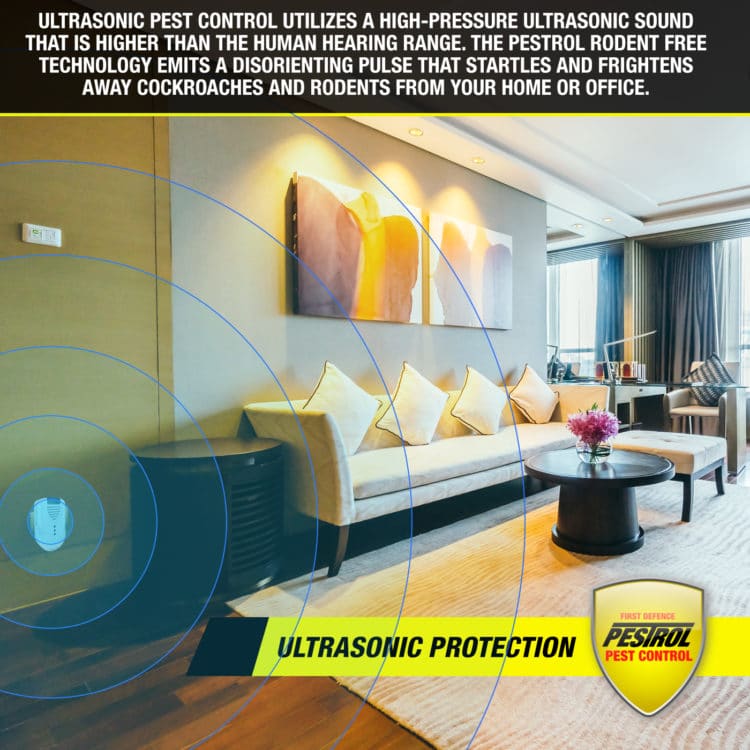
Ultrasonic pest repellents use a high – pressure ultrasonic sound that is higher than the human hearing range. Some repellents emit fluctuating sounds that startle/frighten rodents and cockroaches away from your home. Using a variable pulse generator, the repellent emits fluctuating sound waves so pests don’t get accustomed to the sound. Some top end repellents also provide a loud spike in sound to replicate the sound of dominant male rodents. This works as rodents are very territorial and constantly fighting to establish dominance, it discourages other rodents from coming to those specific locations. It is important for the ultrasonic repellent to sweep at an accurate frequency.
There are a lot of different repellents on the market with weak signals, generally, due to the quality and price of the speaker, they are equipped with and therefore do not provide great results. A frequency of 32-62kHZ has been determined to provide the most effective results in repellents.
Many studies over the years have been carried out to see the effect of ultrasonic sound on rats and mice.
Some of the studies are:
-
Kansas State University: did an in-depth examination providing its appeal on rats and mice. The review stated: “confirmed that ultrasonic sound products do have both a repellent result as well as a reduction in mating and reproduction of a variety of insects”.
-
University of British Columbia: John P.J Pinel conducted a thorough investigation to evaluate the possibilities of using a device that emits high–intensity, ultrasonic sound to control rat populations. The study found that a signal administered at only 96db was as noxious to rats as a painful electric shock
-
Denver Wildlife Research Centre: A study conducted by S.A Shumake confirmed a decrease in food consumption where ultrasound devices were present.
So, there is definitely scientific backing for ultrasonic devices to repel various animals, but what are the restrictions and why they do not work sometimes?
One of the reasons that ultrasonic sounds may not work is that ultrasonic sound is contained within walls, so for units to be effective, the correct placement of the units is crucial. It is also important to choose the right frequency to repel rats, mice, or other animals. We can all hear ultrasonic sound, however not at the same frequency. Devices that can be adjusted easily to different frequencies are preferred as you can choose your desired frequency and adjust the volume according to your sensitivity. The Pestrol Possum Away is a versatile unit that allows you to adjust frequencies and repel many different kinds of pests.
Pestrol Possum Away – Possum Repeller
121 reviews Original price was: $199.00.$149.90Current price is: $149.90.Repellents with only ultrasonic sounds are ideally used in places such as a garage, patio, roof cavity, shed, or under the house.
Secondly, the best ultrasonic – only repellents are the ones that have speakers all around, that way if you place it in the middle of the roof cavity, you will have ultrasonic sound evenly radiating throughout the entire space to make it uncomfortable for animals to be around. Other ultrasonic units within our range such as the Pestrol 360° Rodent Repeller, the Ultrasonic Rodent Repeller Pro, the Ultrasonic Pest Repeller and the Pestrol Impact Ultrasonic Rodent Repeller are great units set to a very high frequency that is audible only to rodents.
Pestrol Ultrasonic Rodent Repeller Pro
7 reviews Original price was: $149.90.$139.90Current price is: $139.90.Electromagnetic Rat and Mice Repellents
How do Electromagnetic Rodent Repellents work?
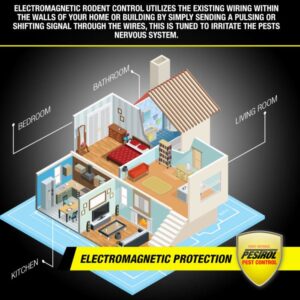
Electromagnetic Rodent repellents utilize the existing wiring within the walls of your home or building by simply sending a pulsing signal through the wires, a sound we can’t hear but rodents can. They find this sound uncomfortable and thus, see the location as hostile and move out. The signal is turned on and off at set intervals so that the rodents do not build up a tolerance. Electromagnetic vibrations from the unit are picked up by rodents, making it difficult or impossible for them to gather food, breed, build their nests, and communicate with each other. As a result, your home becomes an extensive pest repeller and all rats and mice will want to escape and stay away.
To put it simply, imagine yourself trying to sleep at night and your neighbours are having a huge party and at 2 am they have heavy metal music playing extra loud. You suddenly are awake and startled. You are just about to head over to your neighbours to give them a strong recommendation of turning the music off, but before you open the front door, the horrific sound stops. You go to bed again thinking that was a mistake, you settle back into your nice comfortable bed and moments later the heavy metal music starts playing on full blast again. The alternating signal makes sure that rodents cannot get used to the sounds or vibrations which get turned on and off at varying times. It makes nesting/drinking/eating and multiplying very difficult for rodents to do.
What studies have been done on electromagnetic rodent-repelling technology?
Some of the studies are:
-
University of New England: Professor Danthanarayana, an Emeritus Professor of Zoology affirmed findings and concluded that food and water consumption of rodents is adversely affected by electromagnetic pest control devices.
-
Genesis Laboratories, Colorado USA: studied the ability of electronic repellent devices to repel certain pests. The study showed that feed consumption patterns offered the strongest indication that wild mice were reacting to the device. Females in particular displayed feeding patterns consistent with a hypothesis that they were avoiding the signal. The response of both sexes of mice when the signal location was reversed in phase 2 also suggested that their feeding pattern changed in conjunction with signal relocations.
-
H. Shytel Glover cockroaches’ test: In this 1997 test, it was expressed that electromagnetic devices are not only effective in repelling roaches but after removal have a residual effect for approximately 30 days. The results from the tests showed that rodents were successfully repelled from the protected area.
Do electromagnetic pest repellents work through walls?
The electromagnetic sound travels through your existing wiring, on the electrical circuit that it is plugged into. If you have a larger house with multiple circuits, you will need a device on every circuit for the units to be effective.
As a general rule, a 2-bedroom house will have 1 main electrical circuit, anything larger or a two-level house will have two circuits.
Why is your electromagnetic rodent repellent not working?
The type of wiring in the house plays an important role in how these devices work. In rare situations the wiring is encapsulated and will not provide a signal through the house, making it ineffective. It is also important to have the signal going through the entire electrical circuit. A standard 2-to-3-bedroom house will have 1 electrical circuit and 1 device would be sufficient to spread the signal through the entire house. However, if the signal is going through an isolated circuit, it will not travel through the house and will not be effective. Houses with two or more levels/more than 3 bedrooms will require a stronger signal for it to be effective. You can check how many electrical circuits you have with your electrician.
Why should you use electromagnetic and ultrasonic devices to repel rats and mice?
Unlike poisons, ultrasonic and electromagnetic devices do not kill rodents but reduce the population in the long run by creating a hostile environment that discourages rodent infestations.
The Pestrol Rodent Free is a great device that we have had in our range for about 20 years. It uses Electromagnetic, Ultrasonic and Ionic Technologies to ward off rats and mice indoors. Shop the Pestrol Rodent Free here!
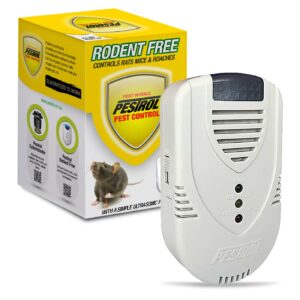
Pestrol Rodent Free
1248 reviews $119.00What scent will keep mice away?
If you want to add an extra measure, then peppermint oil is a great choice. It has a very strong smell, and since rodents rely strongly on their sense of smell, they find its aroma to be very irritating to their nasal cavities. You would want to use 100% peppermint oil that will be slowly released without spilling. This is something you can use in conjunction with rodent repellents. Make sure to select the right location where you think the mice are entering the house. Get Pure Peppermint Essential Oil from Pestrol:

Peppermint Oil
52 reviews $49.90What is the best way to kill mice?
It has always been known that poison will kill mice. However, recently it has been reported that rodents are becoming used to the poison. It is also only a temporary solution until another family of rodents gets into your house. So, we have to come up with better solutions. It is also important to choose what would be environmentally friendly and safe around family and pets.
Shop our favourite Electronic Rodent Repellers
Pestrol Commercial Rodent Repeller
7 reviews Original price was: $349.90.$299.90Current price is: $299.90.Solar Outdoor Animal Repeller 360
26 reviews Original price was: $139.90.$119.90Current price is: $119.90.Pestrol Rodent Barrier Bundle
4 reviews Original price was: $258.90.$239.90Current price is: $239.90.Pestrol Ultimate Rodent Barrier Bundle
1 reviews Original price was: $476.90.$419.90Current price is: $419.90.Pestrol Mighty Rodent Barrier Bundle
Original price was: $526.80.$449.90Current price is: $449.90.Winter Protection Package – Vermin Repellers
Original price was: $606.80.$539.90Current price is: $539.90.Shop other Rodent Solutions

D-Ter Animal & Bird Repellent
67 reviews $9.90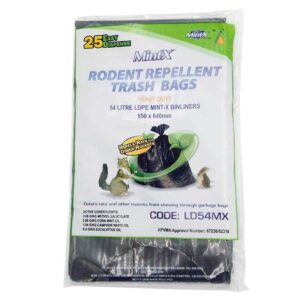




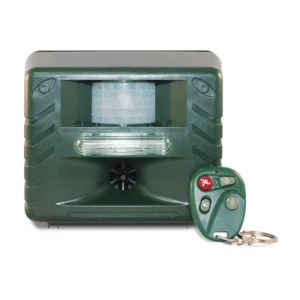

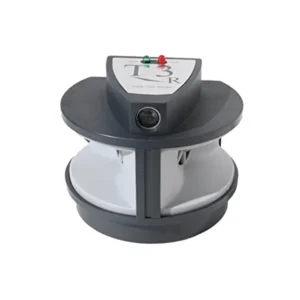
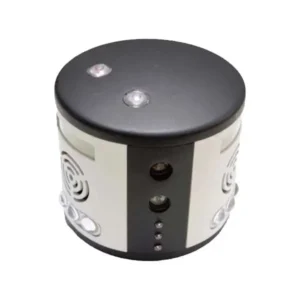
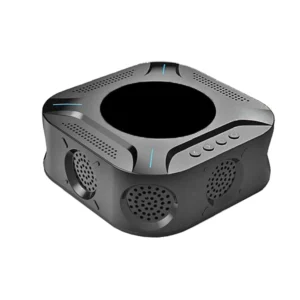
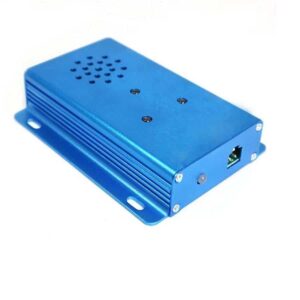
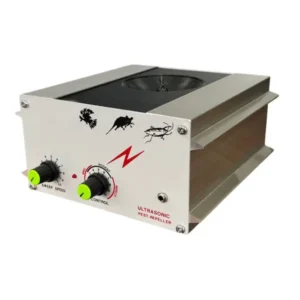
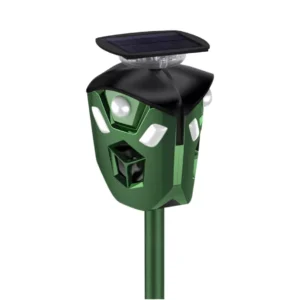
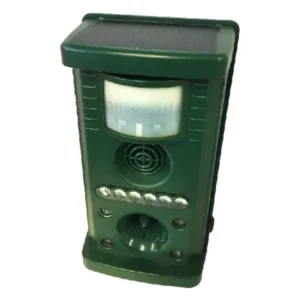

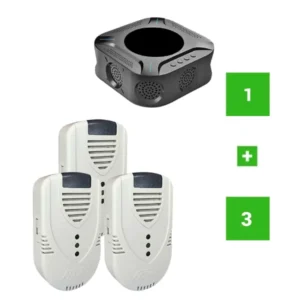
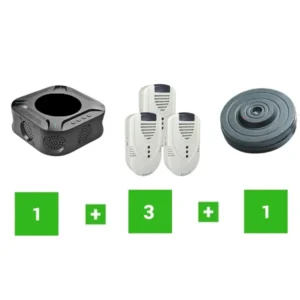
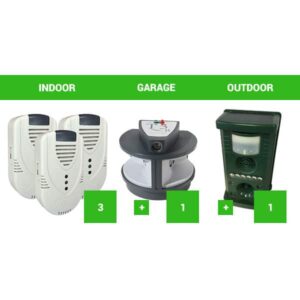
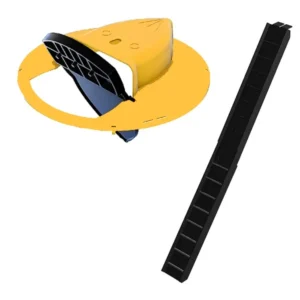
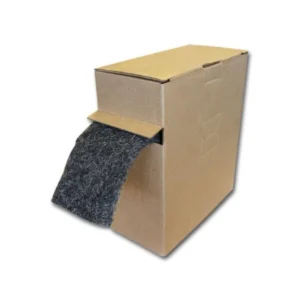
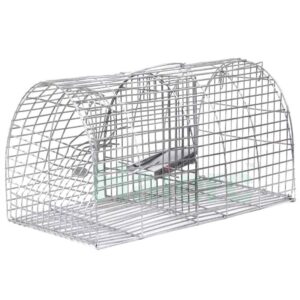
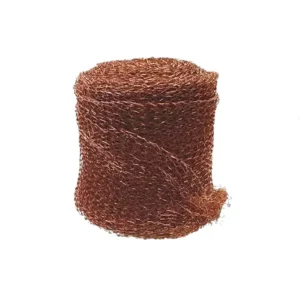
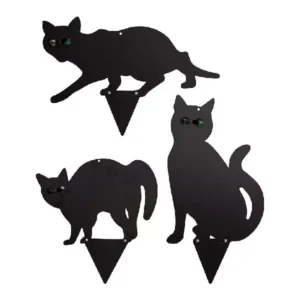
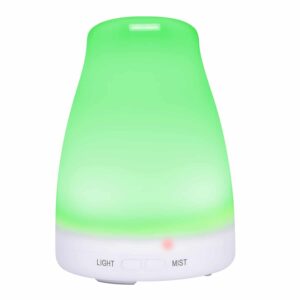
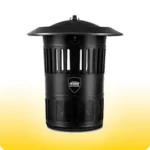 Mosquito Traps
Mosquito Traps
good morning , do you have ultrasonic devise that will work for birds in a roof?
regards Jim.
Goof Afternoon Jim, It would depend on the roof space size and configuration. We have an Ultrasonic Bird Repeller, (https://www.pestrol.com.au/buy-online/electronic-bird-repeller/) which can be placed in the direction to the area you want to protect. Please be aware, that Ultrasonic Sound does not travel through any barriers and it has to be in the open space in order to be effective. If you need any more questions, please give us a call on 1800 33 88 88. Thank you